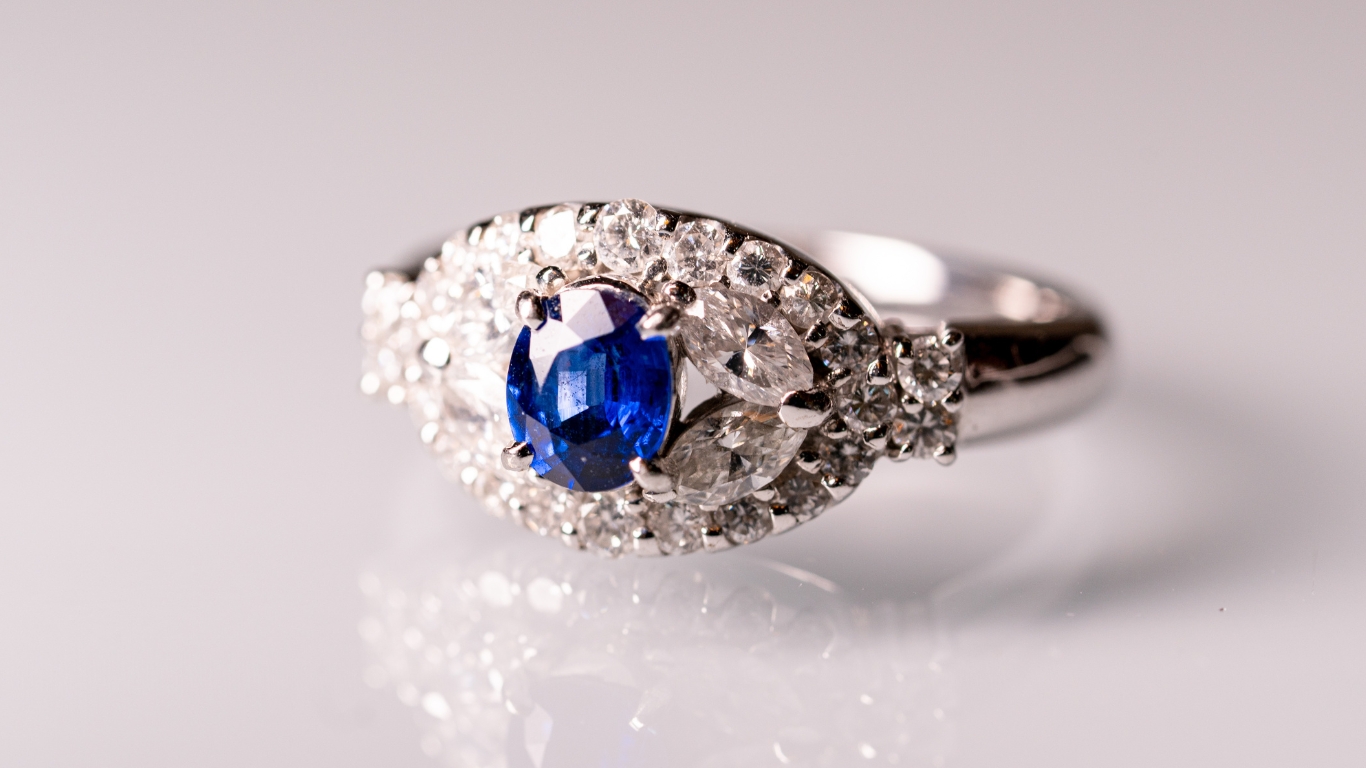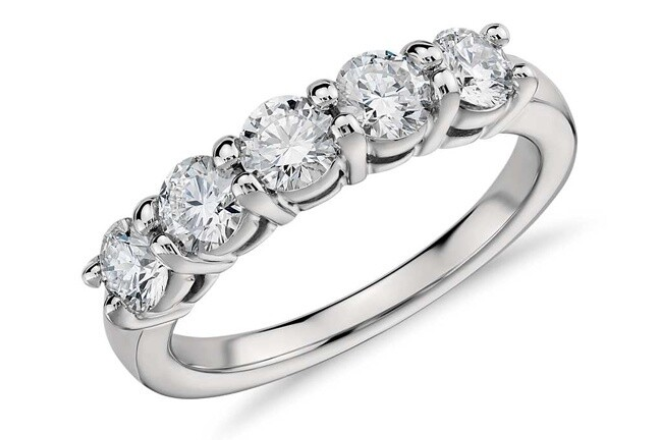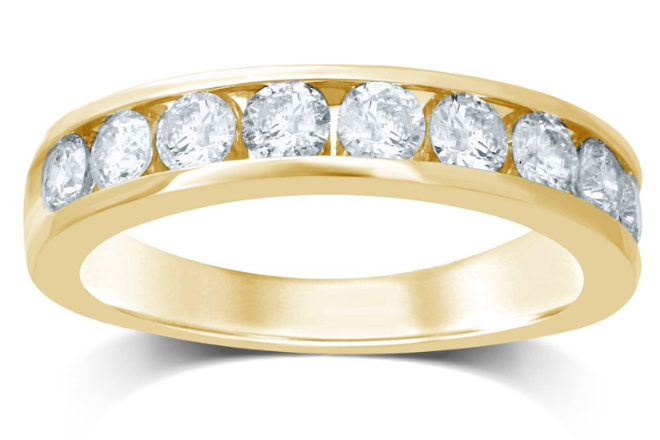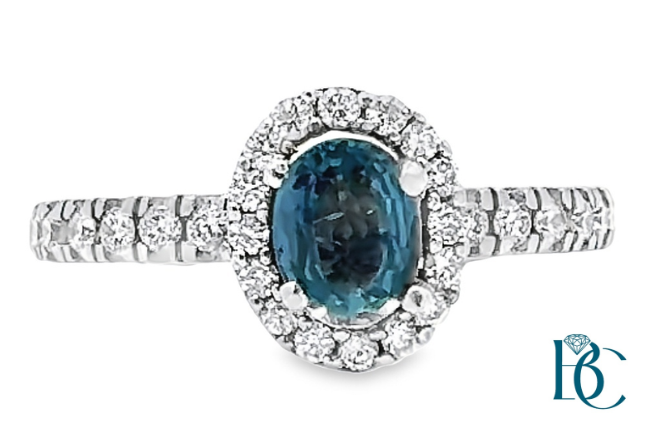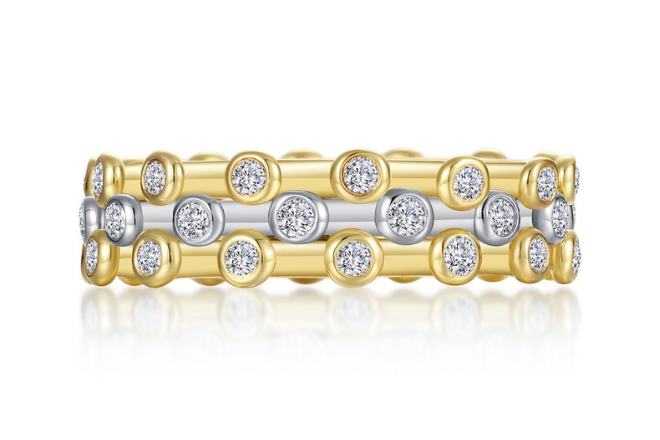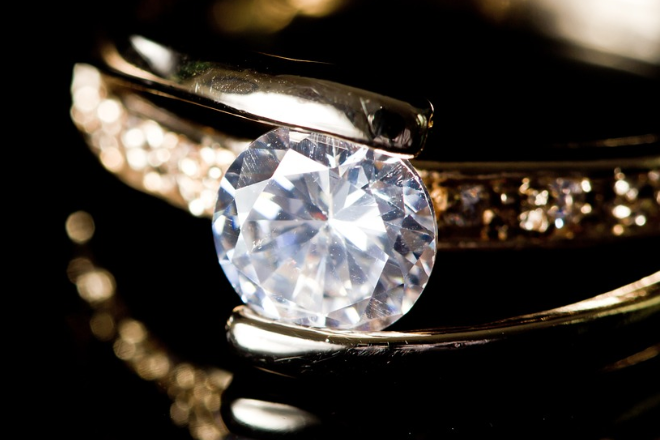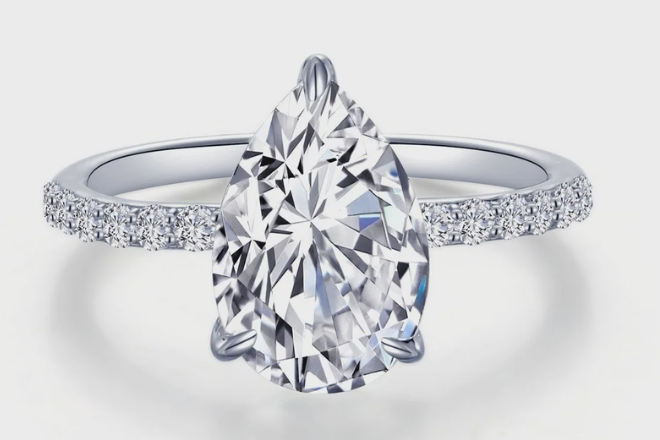Many people want an engagement ring that stands out from the usual diamond styles. Unique gemstone engagement ring options offer a wide variety of colors and cuts that can match anyone’s personal taste perfectly. These rings can be chosen for their beauty, meaning, or rarity.
Gemstones like sapphires, emeralds, and morganite are popular choices that add color and character. Custom designs and settings also let people create rings that are truly one of a kind, making the engagement ring even more special.
Choosing a unique gemstone requires some thought about care and value, but it can also reflect ethical preferences. Knowing the right information helps people pick a ring that dazzles and lasts.
Key Takeaways
- Unique gemstones add variety and personality to engagement rings.
- Custom settings let people create one-of-a-kind designs.
- Care and value considerations are important for lasting beauty.

Popular Unique Gemstone Engagement Ring Options
Many unique gemstone engagement rings stand out because of their color, durability, and symbolism. Buyers often look for stones that offer beauty and lasting value.
Sapphire Engagement Rings
Sapphire rings are known for their rich blue tones, but they also come in colors like pink, yellow, and green. Sapphires are durable, scoring 9 on the Mohs hardness scale, making them good for daily wear.
They symbolize wisdom, loyalty, and nobility, which adds meaning to engagement rings. Sapphires work well in both classic and modern ring settings. Buyers also like that sapphires can complement many metals, such as white gold and platinum.
Emerald Engagement Rings
Emeralds have a deep green color that many find striking. They are softer than sapphires, rating about 7.5 to 8 on the Mohs scale, so they need more care to avoid scratches.
Emeralds symbolize renewal and growth, appealing to couples who want something meaningful. Most emerald rings use protective settings like halos or bezel styles, which help shield the stone. The rich green often pairs best with yellow gold for a vintage look.
Morganite Engagement Rings
Morganite is a pink to peach gemstone known for its romantic, soft color. It is less hard than sapphires and emeralds, with a Mohs rating around 7.5, so it requires gentle daily care.
Its gentle hue symbolizes love and compassion, which many find perfect for engagements. Morganite works well in rose gold settings, matching the stone’s warm tones. It’s popular for people wanting a gentle, feminine touch without using traditional diamonds.
Tourmaline Rings
Tourmaline comes in many colors, from bright greens to deep reds and blues. It is moderately hard, with a Mohs score of 7 to 7.5, so it balances beauty with durability.
The variety of colors allows for very personalized rings. Tourmaline is often chosen for its unique appearance and symbolic meanings tied to protection and healing. It suits casual and bold ring designs and pairs nicely with both white and yellow metals.

Custom Designs and Settings
Custom gemstone engagement rings let buyers create something truly their own. They can choose the exact gemstone, the type of metal for the band, and the way the stone is set. Each part adds to how unique the ring will look and feel.
Personalized Stone Selection
Buyers can pick stones beyond traditional diamonds. Options include sapphires, emeralds, rubies, and less common gems like morganite or spinel. Each stone offers different colors and meanings, which helps match the ring to personal style or significance.
The choice also affects durability and price. For example, sapphires score high on hardness making them good for everyday wear. Meanwhile, morganite offers a softer pink color but requires more care.
Unique Band Materials
Rings can be made with metals other than classic gold or platinum. Alternatives include titanium, rose gold, palladium, and recycled metals. These options change the ring’s look and weight, offering more variety.
Clarity about metal allergies is important. Some metals, like palladium, are hypoallergenic. Others like nickel alloyed in some gold may cause reactions. Buyers should consider this when selecting the band material.
Innovative Setting Styles
Different settings hold stones in distinct ways, affecting both beauty and security. Popular custom styles include bezel, halo, tension, and cathedral settings.
- Bezel surrounds the stone completely for protection.
- Halo uses smaller stones around the main gem to add sparkle.
- Tension creates the look of a floating gem held by metal pressure.
- Cathedral curves the band up to support the stone gracefully.
Each style creates a unique look and can suit different lifestyles and tastes.

Care, Value, and Ethical Considerations
Choosing a unique gemstone engagement ring means thinking about how to keep the gem looking its best. It also requires understanding what makes the stone valuable and knowing if it comes from responsible sources. These factors affect the ring’s beauty and meaning over time.
Gemstone Durability and Maintenance
Different gemstones vary in hardness, which affects how well they resist scratches and damage. For example, diamonds score 10 on the Mohs scale, making them very hard, while opals and pearls are softer and need extra care.
Regular cleaning is key. Most stones can be cleaned with mild soap and water, but some like emeralds may require special treatment to avoid cracks. Avoid harsh chemicals and ultrasonic cleaners on softer stones.
A secure setting helps protect the gem from knocks and falls. Checking prongs and mounts regularly prevents loss or damage.
Assessing Rarity and Value
The value of a gemstone depends on how rare it is, its color, clarity, and size. Some stones like sapphires and rubies can be very valuable if they have deep, even color and few flaws.
Cut quality matters for sparkle and appearance. A well-cut gem reflects light better and often holds more value.
Certification from a trusted lab adds proof of quality and origin. This is important when buying high-value unique gemstones.
Sourcing Ethical Gemstones
Ethical sourcing means choosing stones mined without harm to people or the environment. Conflict-free diamonds and responsibly mined sapphires are examples.
Buyers should look for sellers who provide transparency about where and how their gems are mined. Certifications like Fair Trade or the Responsible Jewellery Council can help.
Supporting ethical sources helps reduce illegal mining and supports better working conditions for miners worldwide.
Frequently Asked Questions
Choosing the right gemstone involves knowing which stones are popular, how to check their quality, and what to consider for vintage pieces. Alternatives to diamonds and affordable buying options also play a key role. Natural gemstones have distinct benefits worth exploring.
What are some popular types of gemstones used in unique engagement rings?
Popular gemstones include sapphires, emeralds, and rubies. These stones are admired for their rich colors and durability. Other options are morganite, garnet, and aquamarine, which offer variety and beauty.
How can I ensure the quality of a gemstone when selecting an engagement ring?
Check for clarity, color, cut, and carat weight. Request certification from a trusted gemological lab. Inspect the stone under good light to spot any flaws or treatments.
What considerations should I make when looking for a vintage gemstone engagement ring?
Look for signs of wear and repairs that affect durability. Verify the gemstone’s authenticity and origin. Understand the ring’s style and how it matches personal taste.
Which gemstones are considered the best alternatives to diamonds for engagement rings?
Sapphires and moissanite are top alternatives due to their hardness and sparkle. Spinel, zircon, and tanzanite also provide attractive options with unique colors and appearances.
Where can I find affordable options for gemstone engagement rings?
Retail stores, online marketplaces, and local jewelers often have budget-friendly choices. Buying lab-created gemstones can also reduce cost while maintaining quality.
What are the benefits of choosing a natural gemstone engagement ring?
Natural gemstones offer unique patterns and colors that cannot be exactly duplicated. They often have higher value and rarity compared to synthetic stones.

